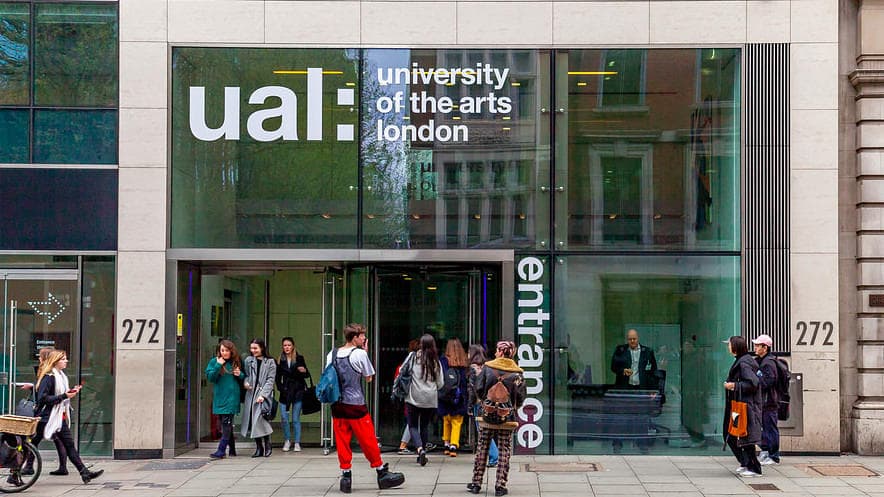On MA Graphic Communication Design, coursework and learning build successively across three units. In response to project briefs set by tutors and through independent planning, you will develop a body of studio and written work that explores graphic design as a research practice, articulates your positions, and extends the propositions of your work through attention to form and production.
Presentation, discussion, and critique are essential to the development of your practice and provide the foundation for learning on the course. This will happen in group and individual tutorials as well as through tutor-led, peer-to-peer, and self-reflective assessment. In addition, you will interrogate existing and new contexts of practice through reading groups and seminars, and you will develop a critical engagement with form through short making-led workshops.
A series of course lectures consolidates knowledge across all units and further supports progression through the curriculum by providing broader context for the study and practice of graphic communication design.
A note on unit titles: In the field of logic, the arrow symbol [→] is used to indicate a material implication. For example, Methods → Positions could be read as Methods imply Positions. The double-headed arrow [↔] is used to indicate a material equivalence. Thus, Methods ↔ Positions could be read as either Methods means the same as Positions or Methods if and only if Positions. In the case of unit titles in MA Graphic Communication Design, these symbols are used to indicate that differentiated aspects of practice are, in fact, not only cumulative but co-defining.
Unit 1: Methods
In Unit 1 you will challenge conventional notions of research by exploring how the media, methods, and skills of graphic communication design practice can be used to enquire, to interrogate, or to speculate new forms of knowledge. Guided by studio briefs set by tutors, you will initiate a series of iterative and process-led experiments. These experiments will develop your understanding of, and capacity to engage in, open-ended enquiry through making. In lieu of singular and closed outcomes, each of your projects will grow through systematic engagement in a method.
Unit 2: Methods ↔ Positions
In Unit 2 you will explore how positions arise through, or are inherent in, experimentation with methods and media. You will situate yourself within the discipline of graphic design, such as in context of a medium, production process, or mode of distribution. You will also explore how graphic design frames your engagement with broader contexts, such as social and environmental conditions, institutions, markets, technologies, other fields of study, etc.
Your coursework will develop through continued iterative and process-led experimentation, and by critically contextualising your practice through reading, writing, and association. This will enable you to explore how a research practice articulates, enacts, and publishes (makes public) new forms of knowledge through and about graphic design.
Unit 3: Methods ↔ Positions ↔ Projections
In Unit 3 you will project your research practice into new territory through a more critical interrogation of the relationship between the form of a message, its medium, and its context. Building on your iterative, experimental, and process-led work from previous units, you will consider how engaging with the details of production opens more possibilities for your work.
You will also consider how projections, as acts of publication, distribution, and/or circulation, are relational and contextual. You will explore how your practice develops though its interaction with networks, publics, and audiences.
